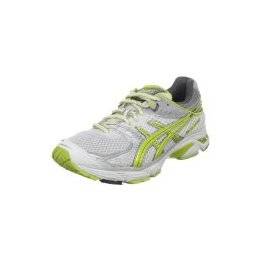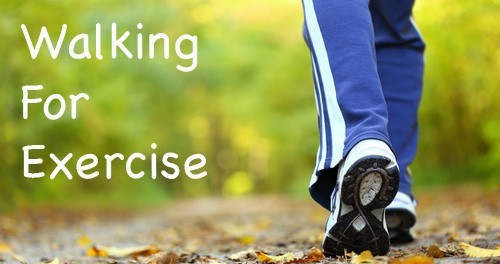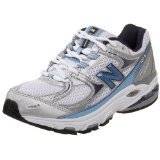Walk Talk Series
Day 15 – Walking Shoes
Welcome to Week 3. This week we learn about walking gear.
Shoes
Now that you have been walking for two weeks, and have learned the right walking form, it’s time to assess your shoes. Getting the right fit and getting shoes suited to your walking style is essential for walking comfort. You also need to replace your shoes every 500 miles – which is every 3-6 months depending on your mileage.
The Best Shoe
There is no one best shoe. The best shoe for you is the one that fits you best, the one that gives you the proper support, flexibility, cushioning, and compensates for any stride problems you may have, such as over-pronation. Each person’s feet are different. Take all advice with a grain of salt and find a shoe fitting expert to help you find the shoe that is best for your walking distance, speed, style, and surface as well as your weight and stride.
Walking or Running Shoes?
Shoe manufacturers are putting the best design and technology into running shoe styles, while walking shoe styles are being designed primarily for market appeal rather than performance. Follow the tips on the upcoming pages to see whether that walking shoe you are interested really meets your needs, or if you should go with a running shoe design.
Essential Walking Shoe Qualities:
Flexible: You must be able to bend and twist the shoes. When you take a walking step, your foot will flex as you roll through a step from heel to toe. If the shoe is too stiff, your foot will fight it with each step
Flat: Walking shoes should have a relatively flat heel.
Heel Not Flared: Since walkers strike with the heel first, you do not want a big flared heel. In fact, a slightly undercut heel is preferred.
Walking Shoe Guide
Motion control shoes are the most rigid shoes. They are designed to be inflexible because they are meant to limit over-pronation. They are generally heavy, but durable. Many are built upon a straight last, and may have a dual density mid-sole, with the denser material on the inside of the foot to help correct for pronation. Primarily, motion control shoes are for over-pronators and heavier people. Often people with flat feet do well in these shoes. The problem with most motion control shoes is that they tend to have a thick heel which makes walking in them the same as walking uphill with every step.
 Lightweight Performance Training Shoes for Neutral Feet
Lightweight Performance Training Shoes for Neutral Feet
People who don’t overpronate are said to have neutral feet. These shoes are flexible and lightweight to let them achieve the speed and performance they want. They may lack enough cushioning for longer walks. They tend to wear out faster for heavier walkers.
Stability shoes are a compromise type of shoe. They are more flexible than a motion control shoe while providing good support and durability. Often they are built upon a semi-curved last and may have a dual density midsole for support. Stability shoes are for people who do not have severe motion control problems and mid-weight people. They tend to have a thick heel as well, though not as thick as a motion control shoe, which makes walking in them the same as walking uphill with every step.
Cushioned Shoes
Cushioned Shoes generally have the softest midsoles, the least support, but are very flexible. Usually they are built upon a semi- curved or curved last. These shoes are for people who do not overpronate or need extra support. Often people with high arches do well in these shoes. Again, a thick heel makes it the same as walking uphill with every step.
Today’s Walk
- 25-45 minute walk at a comfortable pace, concentrating on your walking form
- Warm up with 5 minutes at a very easy pace
- Stretching 5 minutes
- Now resume your walk at a comfortable pace. •
- Good posture • Use your arms • Strike with your heel and roll through each step, pushing off with your toe • Stride is longer in back than in front
- End with 5 minutes of gentle stretching
Mind: Emotional Exercising
How does your mood or emotion affect your commitment to walking and exercising? Do you walk anyway? Do you not walk because you are angry, sad, stressed? What moods trigger you to decide to walk or not walk?
Emotional Eating Many poor food choices are made due to emotion. We may eat comfort foods when sad, angry, bored, feeling unappreciated. A food diary can help pinpoint these emotional eating habits. Knowing your pattern can help you break it – or at least replace the poor choices with better ones. Use your Food Diary





